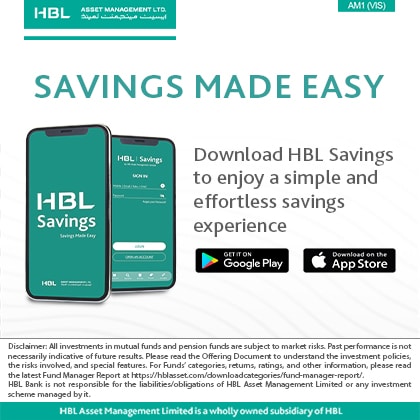The federal government has officially lifted the ban on the import and export of gold. This action reinstates the regulatory framework for precious metals trade that was suspended earlier this year. The Ministry of Commerce issued a formal notification on November 21, effectively restoring trade operations under updated guidelines.
The notification, issued under the Imports and Exports (Control) Act, 1950, rescinds the previous order (SRO 760(I)/2025). This order had suspended the 2013 regulations in May, following reports of gold smuggling. The restoration includes several technical amendments designed to modernize and streamline the precious metals trade.
The reinstated framework introduces several important modifications to the original 2013 regulations. The updated rules now explicitly permit both paper and digital passbooks, reflecting a move toward digital documentation. Additionally, the term “Gemstones” has been removed from the regulations’ short title.
Read: Gold Price in Pakistan Rises to Rs431,562 per Tola
Clause 3(2) clarifies that authorities permit the import of precious metals and gemstones, as well as the export of jewellery made from these materials or combinations thereof, under designated schemes. The new amendments increase operational flexibility by allowing a one-time change of customs station due to operational constraints, provided the applicant obtains a no-objection certificate from the relevant customs authority.
Revised regulations implement notable changes to documentation and banking procedures. Import documents issued abroad may now be apostilled under the 1961 Apostille Convention, where applicable, streamlining international documentation for parties involved.
The regulatory update establishes a key banking requirement: applicants must process all transactions under the Entrustment Scheme exclusively through the same bank that handled the corresponding import of precious metals. This ensures proper routing of exports through the original banking channel, reinforcing transparency and regulatory oversight throughout the process






